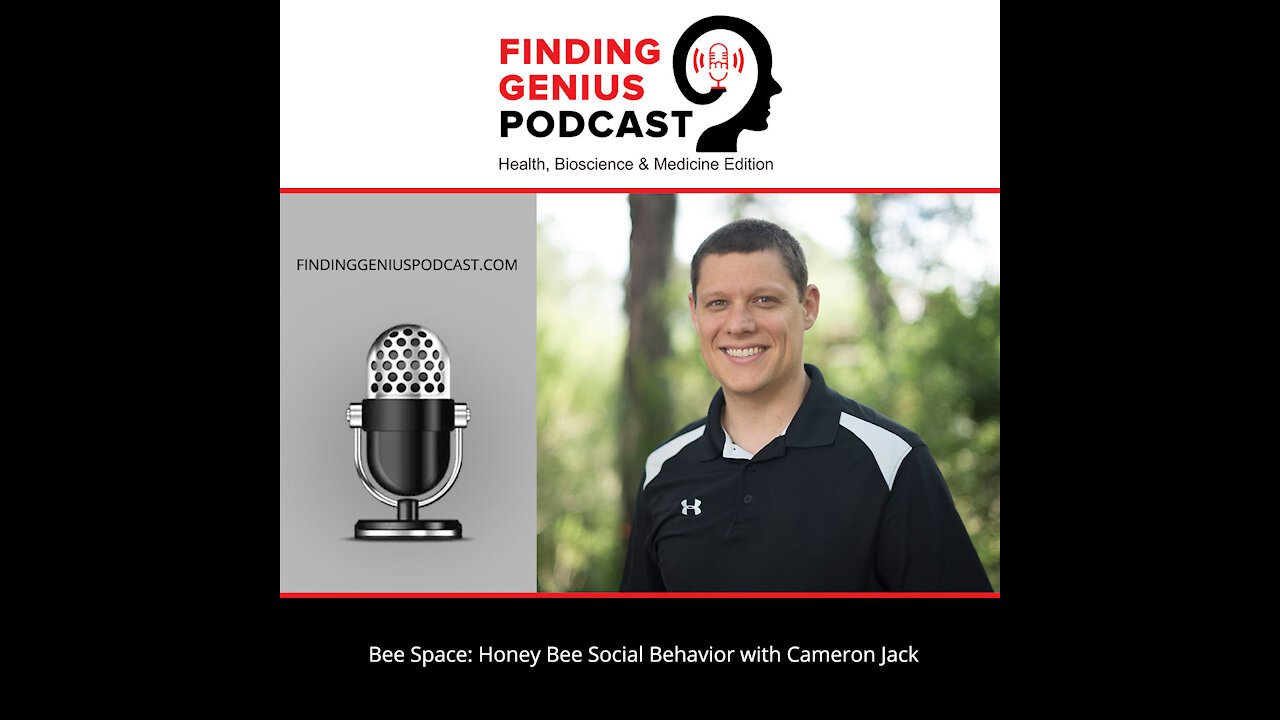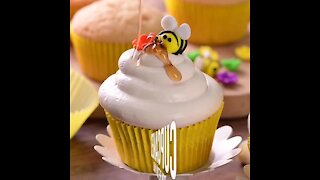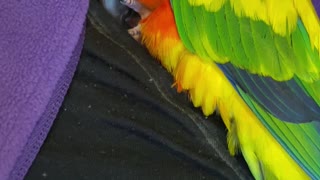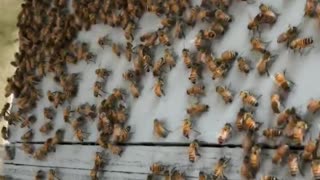Premium Only Content

Bee Space: Honey Bee Social Behavior with Cameron Jack
Bee keeping is an ancient practice: even prehistoric cave paintings in Spain depict a keeper reaching for a hive to collect honey while holding a smoker to calm the bees. Cameron Jack shares some of the more interesting details of this ancient art with lucky listeners.
Tune in and hear
How honey bee characteristics, bee anatomy, and evolution have led to optimal frame and hive size for beekeepers to follow,
Why bees are considered a superorganism, which means a honey bee can't survive on its own, and is organized by queen, brooders, and workers, and
Why Cameron Jack's prime interest is managing honey bee diseases and pests and what are the main areas of concern.
Cameron Jack holds the unusual position of one-hundred percent lecturer at the University of Florida. He's still involved in research and extension work, but his full lecturer designation means his beekeeping course list at the University of Florida is probably the most extensive college-level beekeeping instruction out there.
He teaches seven different beekeeping courses, covering everything from evolution, biology, the annual cycle involved in beekeeping, and more. The courses are complete enough to turn out people who can actively be beekeepers. In this interview, he describes everything from why 3/8 inches is a magic number to how bees find and maintain hives in the wild.
Honey bee behavioral adaptations of course take center stage. For hive building, beekeepers who want to maximize honey production must learn such behaviors to know why they might, for example, sequester the queen in the lower level. Bees build their combs vertically and are considered a superorganism—"the whole animal is the whole colony," he adds. They are able to determine their hive sizing in multiple ways and if it gets too big, they swarm—one colony becomes two.
Furthermore, the queen designation doesn't mean ruler. She's a producer, laying as many eggs as she can in a systematic spiral through her level of the comb. Cameron Jack's primary interest is the management of pests and diseases bees face like types of mites, beetles, and even wax-eating moths. While the interaction of mites and bees is the most concerning, diseases even involve microorganisms in honey bees' guts. Listen in to hear more about this amazing superorganism.
For more see the University of Florida Honey Bee Research and Extension Lab page.
Available on Apple Podcasts: apple.co/2Os0myK
-
 53:14
53:14
FGP
11 days ago🧠 Nourishing The Mind: How Nutrition Transforms Mental Health 🌱💡
19 -
 0:34
0:34
In2joy
4 years agoAnti social behavior
66 -
 1:02
1:02
KiwiLimon_SeasonalRecipes_English
4 years agoCupcakes with Honey Bitumen
29 -
 0:39
0:39
KTNV
4 years agoSpaceX crew docks with space station
453 -
 2:53
2:53
WXYZ
4 years agoHelping kids with social distancing
74 -
 2:45
2:45
WMAR
4 years agoSocial distancing protocols inspire virtual visits with Santa
23 -
 0:28
0:28
PlutoBirdie
4 years agoReality with a bird vs. social media!
75 -
 1:50
1:50
WEWS
4 years ago100-year-old building transformed into event, social space in Gordon Square neighborhood
11 -
 3:33
3:33
Doodl Creative Studio
4 years agoSpace Soccer with the Moon Illustration Painting Time-Lapse
79 -
 1:18
1:18
mmillion
4 years agoHoney Bee Trap out
69